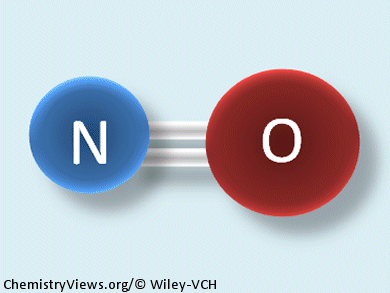NO Functionality and the Modern Sexual Revolution
NO is the small molecule that raises more than a smile, it being involved in vasodilation, sexual arousal, cardiac activity, and various other biological processes. That much is beyond doubt. What is troublesome is that much of the analytical chemistry on this surprising neurotransmitter and bioactivator uses assays to measure NO and observe its functionality in biological systems which may not be entirely accurate, according to a paper published in the American Chemical Society journal Analytical Chemistry.
It is two decades since Science endowed NO, nitrogen(II) oxide (nitric oxide in the old money), with the mantle “Molecule of the Year”. At the time, this free radical with its “spare” electron was battling with AIDS, Mike Tyson, the LA riots, and war in the former Yugoslavia, for column inches in the newspapers. Nevertheless, it was the discovery of the year that would underpin the modern sexual revolution, for release of this small molecule is essential to sexual arousal in men and is the biochemical pivot on which Viagra works.
The Wikipedia entry for NO describes it as “one of the few gaseous signaling molecules known and is additionally exceptional due to the fact that it is a radical gas. It is a key vertebrate biological messenger, playing a role in a variety of biological processes … contributes to [blood] vessel homeostasis by inhibiting vascular smooth muscle contraction.”
Uncertainties in NO Concentrations
But, asks chemist Mark Schoenfisch and colleagues at the University of North Carolina (NC) at Chapel Hill, USA, how do (bio)chemists really know anything at all about NO concentrations? In what might be considered a controversial statement, his team point out that, “the validity of such work is often questionable due to the manner in which NO is measured and/or the solution composition in which NO is quantified”.
To prove their point, the NC team used a small-molecule NO donor, N-diazeniumdiolated l-proline, and an NO-releasing xerogel film to generate NO in situ and then applied the standard assays – the Griess assay, a chemiluminescence analyzer, and an amperometric NO sensor – for determining how much NO is present in a solution.
They tested the assays under a range of conditions including physiological buffers and fluids, cell culture media, and bacterial broths. The chemiluminescence approach gave them what they refer to as “superb kinetic information” in most buffers, but did not work well if proteins were present. This is something of a major limitation given the ubiquity of proteins in any biological system being tested. The electrochemical NO test was limited for a different reason in that it gave lower than expected NO totals when compared to the validated chemiluminescence data. Finally, they showed that the Griess assay was just plain inaccurate in many of the media tested.
There is much to congratulate in NO research of the last couple of decades, but as with many areas of science, improved understanding of the limitations of the analytical tools being used will provide a clearer picture of how much we really know as well as perhaps pointing the way to improved methodology for future studies.
- Inaccuracies of Nitric Oxide Measurement Methods in Biological Media,
Rebecca A. Hunter, Wesley L. Storm, Peter N. Coneski, Mark H. Schoenfisch,
Anal. Chem. 2013.
DOI: 10.1021/ac303787p




